Sigma Organizes Firefighting and Rescue Training Program at MCC Vietnam Project
On August 24, 2024, the Firefighting and Rescue Police Department (Fire Prevention and Rescue) under the Bac Ninh Provincial Police organized a training session, inspection, and certification for firefighting and rescue operations for all engineers, managers, and workers at the Micro Commercial Components (MCC Vietnam) project, located at Lot CN 2-1, Yen Phong 2C Industrial Park, Tam Giang Commune, and Cho Town, Yen Phong District, Bac Ninh with a total of 74 trainees participated.
During the training program, the trainees were equipped with both basic and advanced knowledge about firefighting and rescue operations, covering both theoretical and practical aspects. The training content was designed to enhance skills in responding to fire and accident situations, ensuring maximum safety during construction on site. The basic knowledge covered included:
- Importance of Firefighting and Rescue Work: Introduction to the role of firefighting and rescue in protecting lives, property, and the environment. The impact of fires and accidents, as well as related legal regulations.
- Legal Regulations on Firefighting: Current Vietnamese legal regulations on firefighting and rescue work, including the responsibilities of individuals and organizations in complying with and implementing safety measures.
- Fire-Causing Factors and Prevention Methods: Guidance on common fire-causing factors at construction sites such as electricity, chemicals, and flammable materials, and how to identify fire and explosion hazards.
- Fire Prevention Methods: Introduction to technical and management measures to prevent fire and explosion risks, including material placement, electricity management, and periodic inspections of firefighting systems.
3. Basic Knowledge of Rescue Operations
- Recognizing Situations Requiring Rescue: Training on emergency situations that may occur at construction sites, such as labor accidents and technical incidents, and initial response measures.
- Basic Rescue Skills: Guidance on essential rescue skills such as providing first aid, using basic rescue tools, and safely moving victims.
4. Firefighting Practice
- Using Firefighting Equipment: Instruction on using handheld fire extinguishers, automatic fire suppression systems, and other firefighting equipment at the construction site.
- Fire Extinguishing Drills: Organizing simulated fire extinguishing drills using the firefighting equipment available. Each trainee participated in the drills to master the necessary procedures and skills.
5. Rescue Practice
- Rescue Drills: Simulating common rescue situations at construction sites, such as rescuing trapped or injured victims. Guidance on team coordination during emergency situations.
- Using Rescue Tools: Practice using rescue tools such as stretchers, ropes, and hydraulic cutters to rescue victims in emergency situations.
- 6. Competency Testing and Evaluation
- Theoretical Test: After the theoretical training, trainees participated in a theoretical test to assess their understanding of firefighting and rescue knowledge.
- Practical Test: Trainees underwent practical tests with simulated scenarios to evaluate their ability to handle situations and practical skills.
7. Certification
- Issuing Firefighting and Rescue Training Certificates: After completing the training and passing the tests, trainees were awarded certificates in firefighting and rescue operations, certifying their competency and readiness to respond to emergencies on site.
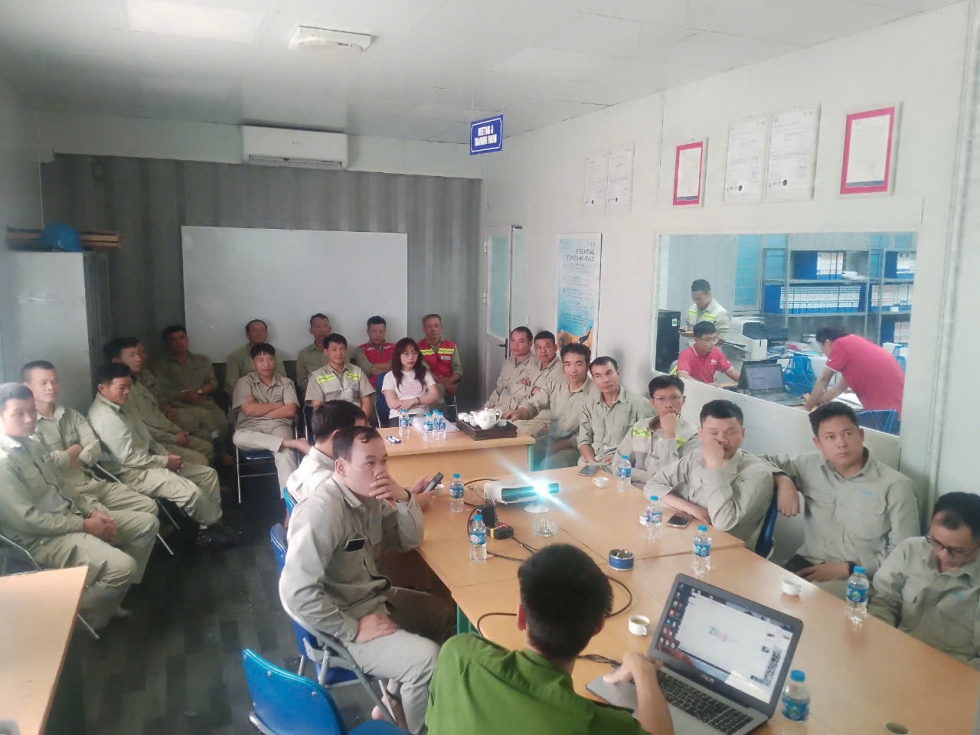
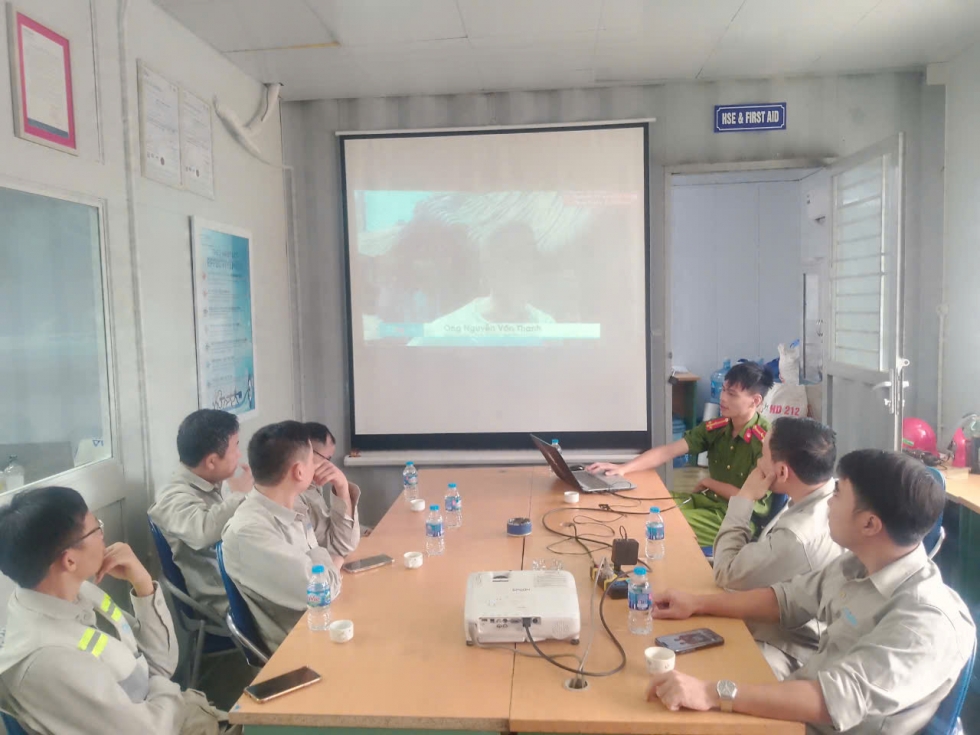
.jpg)
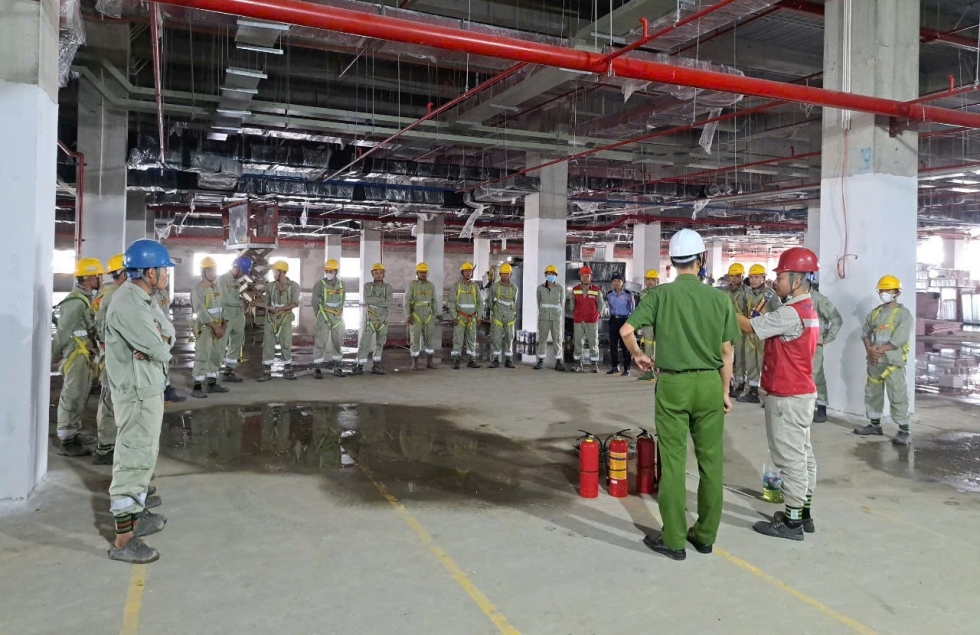
The training session not only contributed to raising individual responsibility in firefighting and rescue work but also provided an opportunity to inspect and evaluate the emergency response readiness of Sigma’s workforce. After the training, trainees completed the competency assessment and were issued certificates in firefighting and rescue operations.
This training organization is part of Sigma Engineering JSC’s efforts to ensure labor safety on construction sites while strictly complying with legal regulations on firefighting and rescue operations.
Other articles
- Sigma Organizes Periodic Health Check-up for the First Half of 2025: A Journey of Preserving Human Value Through Practical Actions (07/07/2025)
- Sigma Distributes 2025 PPE Gear – The Silent Shield of Sigma’s Dedicated Workforce (17/04/2025)
- Sigma Organizes Occupational Safety and Health (OSH) Training at the Office (26/03/2025)
- Sigma launched the first periodic surveillance audit of 2024 according to ISO 9001:2015, 14001:2015 & 45001:2018 standards (14/09/2024)
- Sigma's Safety Measures Against Super Typhoon Yagi (06/09/2024)
- Sigma organizes a training program to respond to emergencies and instructs on first aid for accidents (03/06/2024)
- Sigma cooperated with Turner to organize the Safety Stand Down 2024 program at the Tien Bo Plaza project (09/05/2024)
- Inspection Work of the Department of Safety of the Ministry of Labor, War Invalids and Social Affairs at Sigma Engineering - Ensuring Safety for Workers (08/05/2024)
- Sigma organizes regular Occupational Safety and Health (OSH) training at the Head Office (29/04/2024)
- Sigma achieved QHSE management system certification according to ISO 9001:2015, 14001:2015 & 45001:2018 standards (17/10/2023)

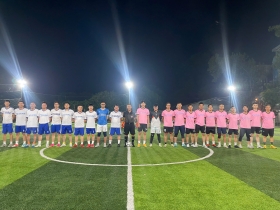


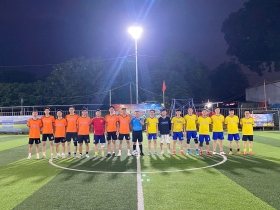
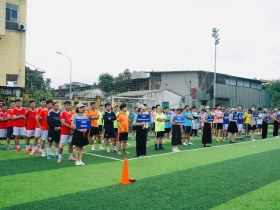


































_thumbcr_130x97.png)























 Address :
Address :  Email :
Email :  Tel : (84-24) 3 9288683 | (84-24) 3 9289235
Tel : (84-24) 3 9288683 | (84-24) 3 9289235 Fax : (84-24) 3 9288667
Fax : (84-24) 3 9288667.png)
